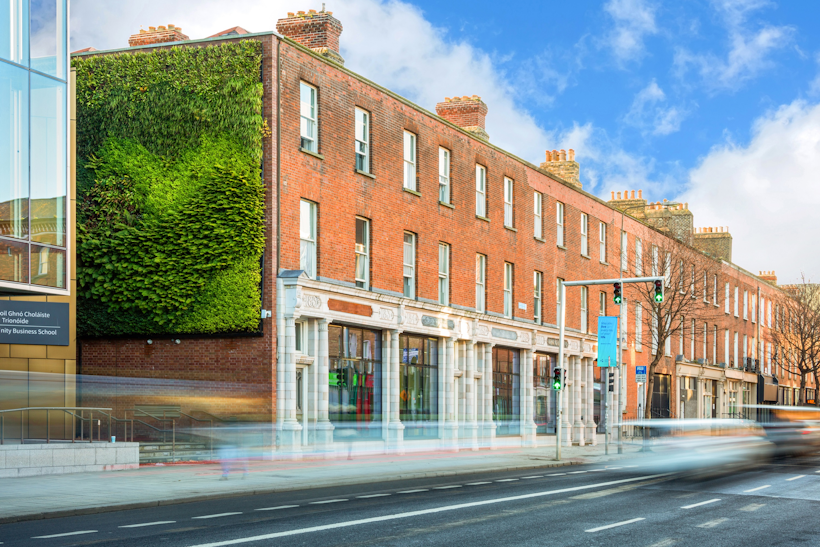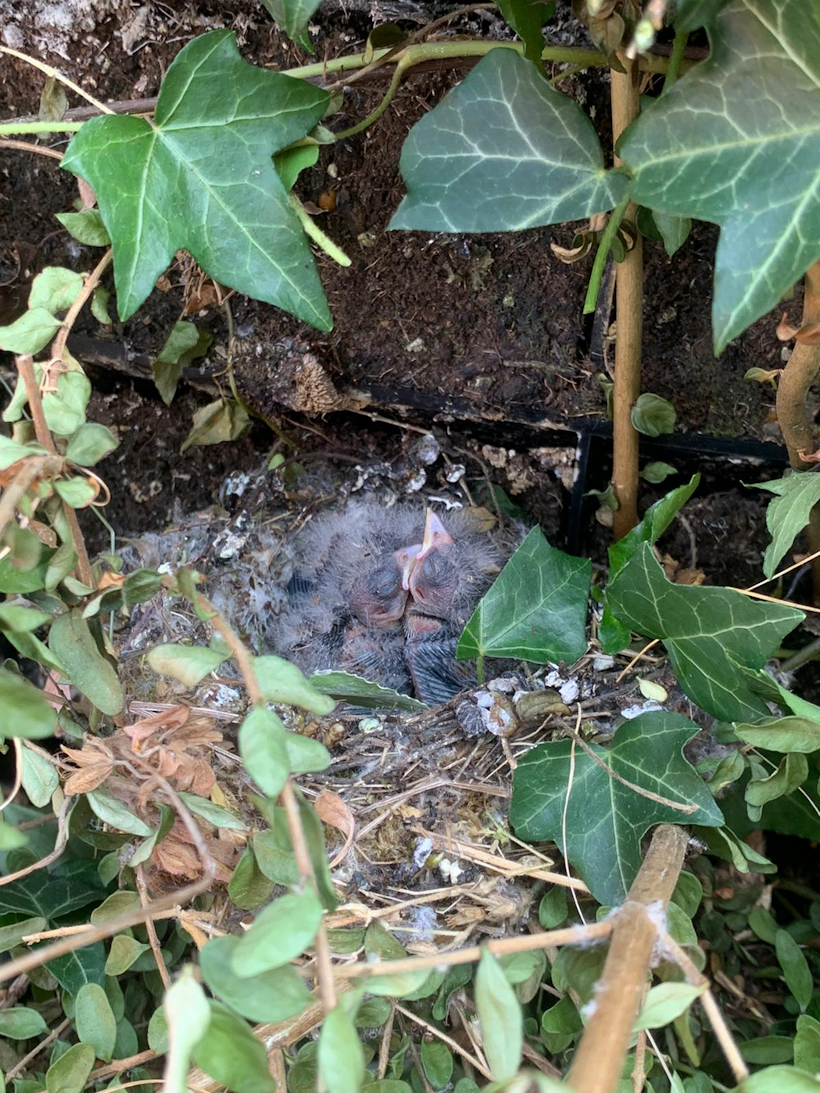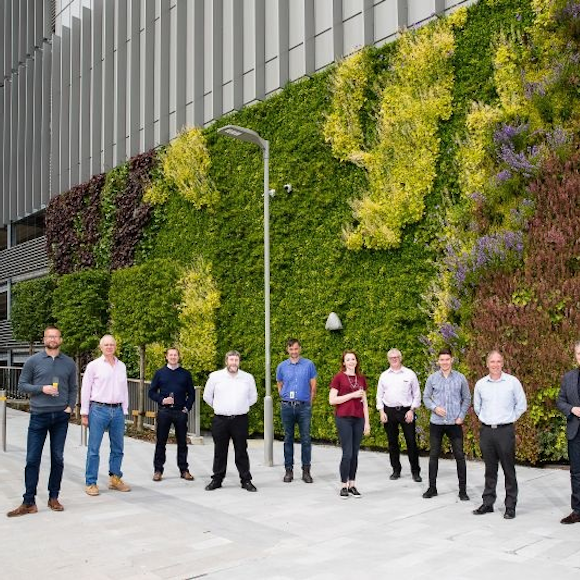When a building has living roofs or walls in the plans you are likely to have questions from the building insurers, due to the potential fire risk. Being risk-averse, especially since Grenfell, insurance companies tend towards a blanket ‘no’ on greening as it feels like an unknown, and there just isn’t enough information out there to diffuse their concerns. But is this a necessary worry? What risks does this type of green infrastructure really involve?
In this blog post, we’re going to explore why this way of thinking may be illogical, 4 best practice tips for reducing risk, and one potential risk to be aware of.
“Living walls cannot be insured”.
This is an illogical point of view. Here’s why:
For most things to be insured, they must be kept in full working condition. Would you ensure a lift that was never serviced? The likely answer is no.
Fire alarm systems, cars, roofs: if not maintained or serviced, the insurance is invalid.
The same principle applies to green infrastructure. There is minimal risk if the system is maintained.
An un-maintained living wall with dead planting, dry soil and a malfunctioning irrigation system poses the same fire risk as a stairwell in a block of flats full of combustible rubbish, or a faulty socket. But if the building is looked after properly, there is limited risk.
The sticking point is that green infrastructure systems such as living walls are relatively new to the scene with not so much information readily available, and as insurance companies are naturally risk-averse, it’s easier to give a flat ‘No’. But is that a logical way to proceed? Most building elements can become a risk if not managed. It’s our job to manage that risk.
Let’s look at four best practice tips that reduces the fire risk of a living wall.

4 best practice tips for reducing fire risk of a living wall:
- Ensure there is a fully automated irrigation system that is accessible remotely, regularly serviced and with an alarm that is activated should the irrigation malfunction.
- A clear maintenance strategy in place. This includes regular servicing of the irrigation system, ensures optimum plant health and soil that has the correct moisture content.
- All materials in the living wall build-up are non-combustible.
- Limit any cavities between the façade of the building and the living wall, and build in fire breaks within the elevation.
When there is a risk with a ‘living wall’
In some cases, the question will be asked: ‘why don’t we have a wire climber system instead of a soil-based living wall?’
They may both come under the category of ‘living walls’ or ‘green walls’ but there is a massive difference. From the fire hazard point of view, the risk is far greater: you have plants and vines climbing up your façade with no damp soil and typically no irrigation so overall it’s drier and more combustible.
With a modular living wall like this one, you have soil with a moisture content of at least 45% all the way up the façade which not only mitigates the risk of fire but provides an important ecological habitat.
If the purpose behind your greening project is around air purification or biodiversity, a wire climber system has benefits but is limited, as it can’t provide the benefits soil offer and you are restricted to climbing plants, therefore can’t get specific with selecting species for your purpose. With a soil-based system you can select anything from spring bulbs for their ecological benefits, to plants with hairy leaves and woodier stems for improving air quality.

Let’s summarise.
So, should insurance companies regard living walls as a risk?
The answer is: No, when maintained, living walls do not pose a fire risk.
From an insurers point of view, if a living wall is not maintained and the plants die, then it’s a fire hazard. But what if the living wall is maintained?
Would a fire alarm system that is never serviced be insured?
We have to apply the same principles to green infrastructure, otherwise we risk building and growing our cities into the concrete jungles many of us are working to prevent.
Our living wall system has achieved a fire rating of B-s2-d0, and maintenance is key to uphold this. It’s all about managing the risk by having clear contracts in place.
To summarise, a damp substrate, healthy foliage, the correct plant palette and a managed irrigation system ensure a living wall is not a fire risk.
Want to discuss whether the proposed greening on your project is feasible? Email us at enquiries@ans.global or send us a message here and we can chat it through. Otherwise, if you’d like to keep up to date with projects we’re working on and events we’re running on all things around green infrastructure, you can subscribe here. Hopefully we’ll see you soon!

